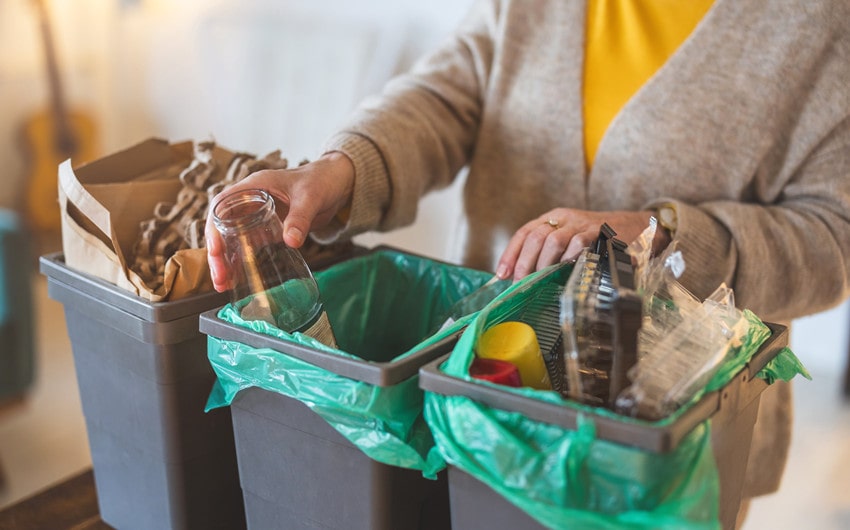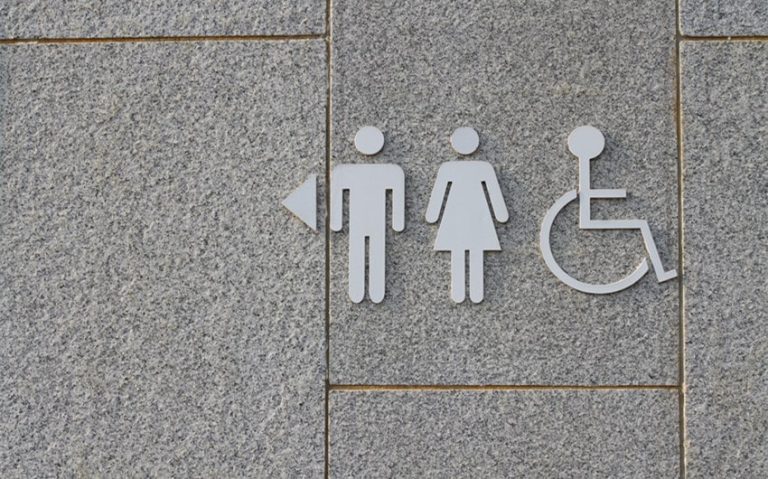Wise on Waste: How to Properly Sort Waste at Home
Proper waste sorting is more than a household chore. It is a simple yet effective way to reduce environmental impact, keep neighborhoods cleaner, and support recycling efforts. Having the right tools makes the process easier, from using standard garbage bags for everyday trash to heavy-duty contractor bags for bulky debris. By learning how to separate waste correctly, households can make disposal safer and more efficient. Good sorting habits also help conserve natural resources by ensuring that more materials are reused instead of ending up in landfills. With just a little extra attention, waste management at home can become an easy part of daily life.
Start by Understanding Waste Categories
Not all waste belongs in the same bin. Identifying the different types of household waste helps avoid contamination in recycling facilities and ensures safe disposal. Common categories include:
- Recyclables – Paper, cardboard, glass, plastics, and metals that can be processed into new products.
- Compostables – Food scraps, coffee grounds, eggshells, and garden clippings that can decompose naturally.
- General Waste – Non-recyclable packaging, broken items, and hygiene products that go to landfill.
- Hazardous Waste – Batteries, electronics, chemicals, and medical waste that require special handling.
Use the Right Bags for the Right Job
Bag choice affects how easily and safely waste can be handled. Thin or unsuitable bags may tear, causing spills and safety hazards.
- For everyday trash – Standard garbage bags work well for lightweight waste like packaging and food wrappers.
- For heavy-duty disposal – Contractor bags are designed for construction debris, large yard waste, or sharp materials that could puncture regular bags.
Matching the bag to the waste type not only keeps bins clean but also makes curbside collection smoother.
Label and Separate Waste Bins
Clearly labeling bins or using color-coded containers can help everyone in the household know where items belong. This is especially useful for larger families or shared housing. Consider:
- Blue for recyclables
- Green for compost
- Black for general waste
- Red or yellow for hazardous materials
Placing these bins in convenient locations, such as the kitchen, garage, and backyard, encourages consistent sorting.
Rinse and Prepare Recyclables
Food residue can contaminate entire batches of recycling. Taking a few seconds to rinse jars, bottles, and cans before placing them in the recycling bin makes a significant difference. Flattening cardboard boxes also saves space and makes them easier to transport.
Schedule Regular Disposal
Letting waste pile up can lead to odor, pests, and health risks. Setting a schedule for taking out trash and recycling ensures that waste leaves the home promptly. Compost should also be emptied regularly to prevent unpleasant smells.
Make Waste Sorting a Family Habit
Teaching children and other household members about waste sorting helps maintain the habit long-term. Simple rules, visual guides, and reminders near bins can keep everyone on track. Over time, proper sorting becomes second nature, benefiting both the household and the environment.
By following these steps, homeowners can make waste disposal cleaner, safer, and more sustainable while supporting local recycling programs.







